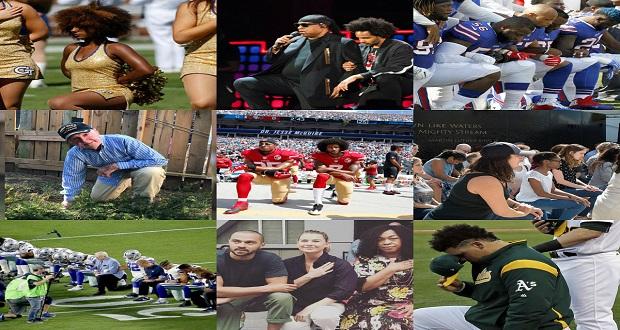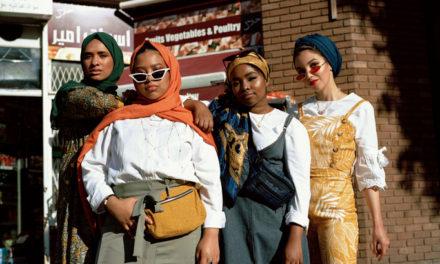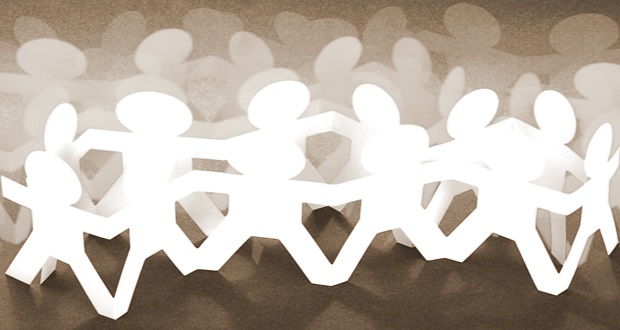I was not surprised by Charlottesville.
I was deeply troubled, saddened, frustrated, and angered by the incidents this past month in Charlottesville, Virginia, a small city nestled into the gently rolling hills of the Piedmont. I called this city home for four years during my time as an undergraduate at the University of Virginia and still very much consider “CVille” my second home. I grew up in this city, made friends in this city, and was educated in this city. But I was never ignorant of its contentious history and past.
Beyond Charlottesville’s picturesque wineries, the perfectly manicured gardens of Monticello, and the iconic Rotunda and Lawn on the University Grounds that have become symbols of prestige, history, and liberal arts academia, there lies deep-seated racial tension, struggles for equality, and years of racial and ethnic disparity and prejudice. Looking as far back as Thomas Jefferson’s Notes on the State of Virginia (1785), which extensively discussed slavery and his specific fear of miscegenation, to the city’s struggles with integration, to the destruction of Charlottesville’s historically Black Vinegar Hill neighborhood in the 1960s, and finally now, to the tragic rally that led to one death and over a dozen injuries, it is not hard to see why the city might currently struggle with race relations.
So when I heard the news of the White supremacist “Unite the Right” Rally taking place during the weekend of August 11th in the city’s historic Lee Park, I could not help but be saddened not only by this display of hatred and bigotry, but also by the apparent outrage of howcouldthishappen from those around the city and around the country who were shocked that such a thing could happen in this day and age.
To this I say – How could it not happen?
Since the election of President Donald Trump, this country has seen overwhelming reports of hate speech, hate crimes, and acts of bigotry. The Southern Poverty Law Center started cataloguing reports from the media, social media, and news outlets soon after the election, and at least 1,000 reports of bias-related incidents were reported in the months following November 2016. President Trump has done little to quell the situation, even remarking in tragic situations such as the rally and subsequent attacks in Charlottesville that there was “blame on both sides”, equating members of known hate groups to citizens utilizing their right to organize and protest against such hate.
How could it not happen?
When we, as a nation, memorialize symbols and people in ways that are hurtful to many…
When we refuse to talk about race in meaningful, honest, and authentic ways…
When we neglect to look at intersectionality, and its role in our own identities and society…
When we refuse to acknowledge that those in Charlottesville protesting with the “Alt-Right” may be in our communities, and we are too afraid to challenge their viewpoints and assumptions…
How could it not happen?
The tragedy of Heather Heyer’s death in Charlottesville and countless other injuries—physical and otherwise—should be a wakeup call for us as a country.
Our work is not done.
There is still much to do.
We need to stand out against all forms of bigotry, oppression, and violence.
We are more than this.
I see the faces of Charlottesville in other cities, towns, and regions across our nation. What happened in Charlottesville is not isolated to Charlottesville, or even the state of Virginia. I am inspired by the many individuals and organizations that have taken a stand against what happened there this August, and so boldly declared their stance against intolerance.
I am not surprised by Charlottesville, but because of it, I am even more committed to speaking my truth and encouraging others to do the same.



















